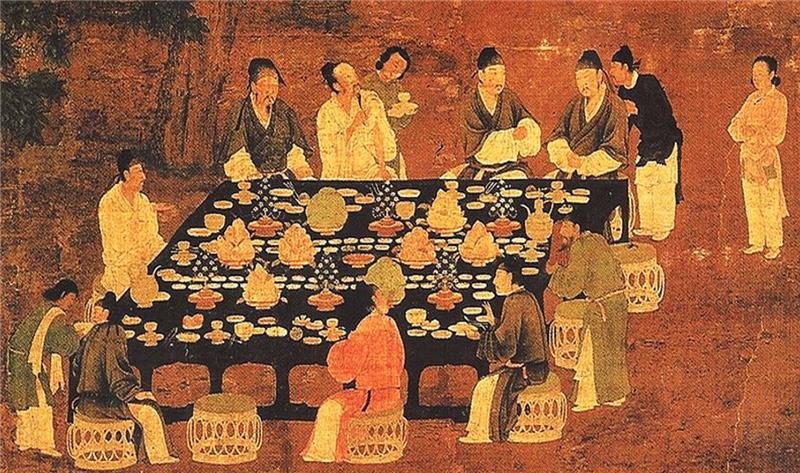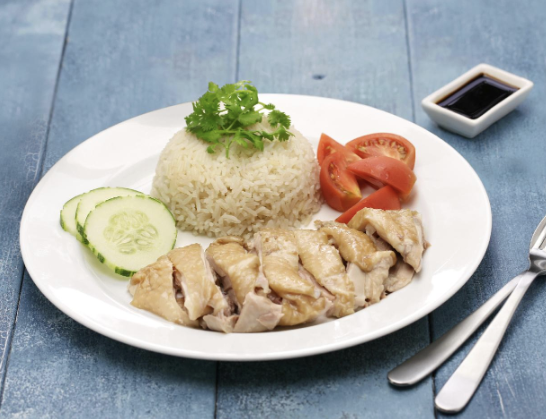There’s an old saying “Fashion is in Europe, living is in America, but eating is in China”. Indeed, for the Chinese, food is more than just nourishment; it’s a celebration of life and a source of cultural identity. In China, knowing how and what to eat is considered a mark of good fortune, and few places on earth boast such a rich tapestry of flavors and dishes. Each dish carries its own essence of yin and yang, emphasizing the belief that balance between these forces is key to health. With eight distinct cuisines embodying this harmonious philosophy, let’s embark on a delicious journey to explore the unique characteristics that make each one special!
The “Eight” cuisines
Each region of China has its own unique dishes and flavors, collectively known as the renowned “eight cuisines” of Chinese gastronomy. The culinary landscape can be described as “sweet in the south, salty in the north, spicy in the east, and sour in the west.” Mastering Chinese cuisine goes beyond simply having a variety of dishes; it requires a deep understanding of ingredient selection, the artful use of seasonings, and specific cooking techniques that reflect each region’s culinary traditions. The eight regional varieties include:
- Shandong鲁菜: fresh and salty with a lot of seafood dishes.
- Hunan湘菜: Quite spicy, with a hot and sour taste, favoring sautéing, stir-frying, steaming and smoking
- Anhui徽菜: Uses many wild plants and animals as ingredients, favoring stewing and more oil
- Jiangsu苏菜: Fresh, moderately salty and sweet, precise cooking techniques, favoring seafood, soups and artistic, colorful presentation (ex: sweet and sour spare ribs)
- Zhejiang浙菜: Mellow, using fresh seafood, freshwater fish, and bamboo shoots, and a wide variety of cooking methods; generally fresh and crispy and seasonal
- Sichuan川菜: Spicy and bold, often mouth-numbing, using lots of chili, garlic, ginger, and peanuts. (eg: “Mapo Doufu”, “Boiled Meat”)
- Fujian/Min闽菜: great seafood and soups, usually mid sweet and sour taste, inclusion of wild food from the mountains
- Guangdong粤菜: great seafood, and generally sweet and light flavors
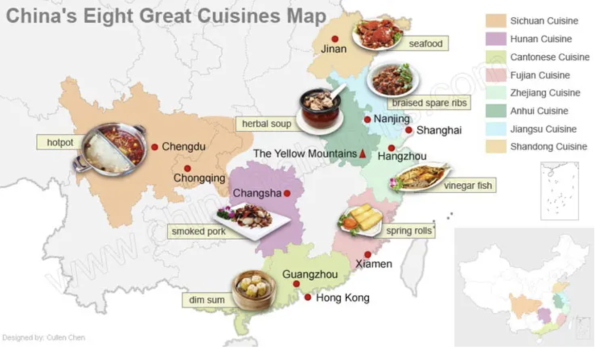
Famous people in Chinese food history
Renowned figures like Su Dongpo and Yuan Mei have left their mark on this vibrant culinary landscape. Su Dongpo (1036-1101 A.D.) a celebrated writer of the Song Dynasty, is known not only for his literary prowess but also for his culinary talent. He created Dongpo pork, a dish that has garnered widespread acclaim. Another pivotal figure in the evolution of Chinese food culture is Yuan Mei (1716-1797 A.D.), a poet credited with pioneering systematic research into Chinese cuisine. His notable work, Suiyuan Shidan, catalogs 326 dishes from the 14th to 18th centuries, showcasing a variety of exquisite meats and seafood from both northern and southern China. Yuan Mei also made history by writing biographies of cooks, such as Biography for the Cook Wang Xiaoyu, which helped elevate the social status of chefs. In honor of his contributions, March 25th is celebrated as “International Chinese Food Day,” coinciding with Yuan Mei’s birthday to emphasize his great and irreplaceable role in Chinese food culture.
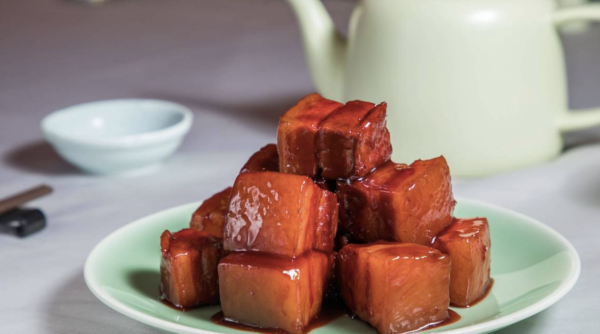
The Dongpo Pork
Balance of Yin-Yang
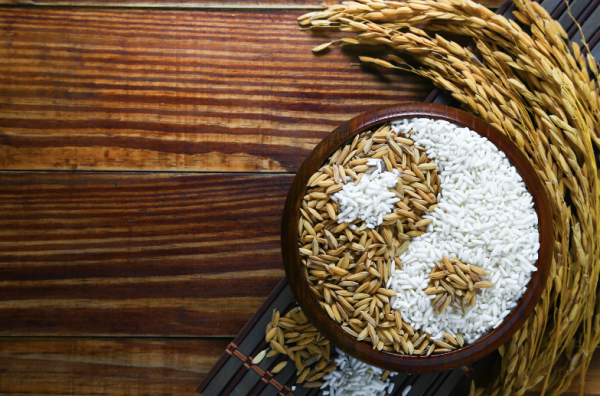
The Yin-Yang theory proposes that each food embodies characteristics of either Yin or Yang: Yin foods tend to be light, cooling, and low in calories, while Yang foods are rich, spicy, warming, and high in calories. Cooking methods can shift a food’s Yin-and-Yang balance; for example, boiling tends to make food more Yin, whereas frying increases its Yang properties. For optimal health, it’s essential to maintain a balance between Yin and Yang in our bodies. To achieve this, traditional Chinese practices often recommend specific herbs. Each food contains unique properties that can affect our well-being; for instance, pears are thought to cool excess heat in the lungs during a cough. Other well-known ingredients include:
- Ginger (erasing fishing odor, warming the body – eg: ginger tea in winter)
- Chicken soup (nutritious for removing Yin in women & maintaining beauty; improves children’s immune system)
- Chinese yams (help to digest food; eg: Chinese Yam porridge, Chinese Yam soup with pork ribs)
Sources and recommended reading:
- https://chiculture.org.hk/en/china-five-thousand-years/2699
- https://www.chinahighlights.com/travelguide/chinese-food/eight-cuisine.htm
- https://www.dumplingconnection.com/articles/one-of-the-four-treasures-of-dongpo-dongpo-pork/
- https://pmc.ncbi.nlm.nih.gov/articles/PMC10105247/
- https://www.worldhistory.org/Yin_and_Yang/


